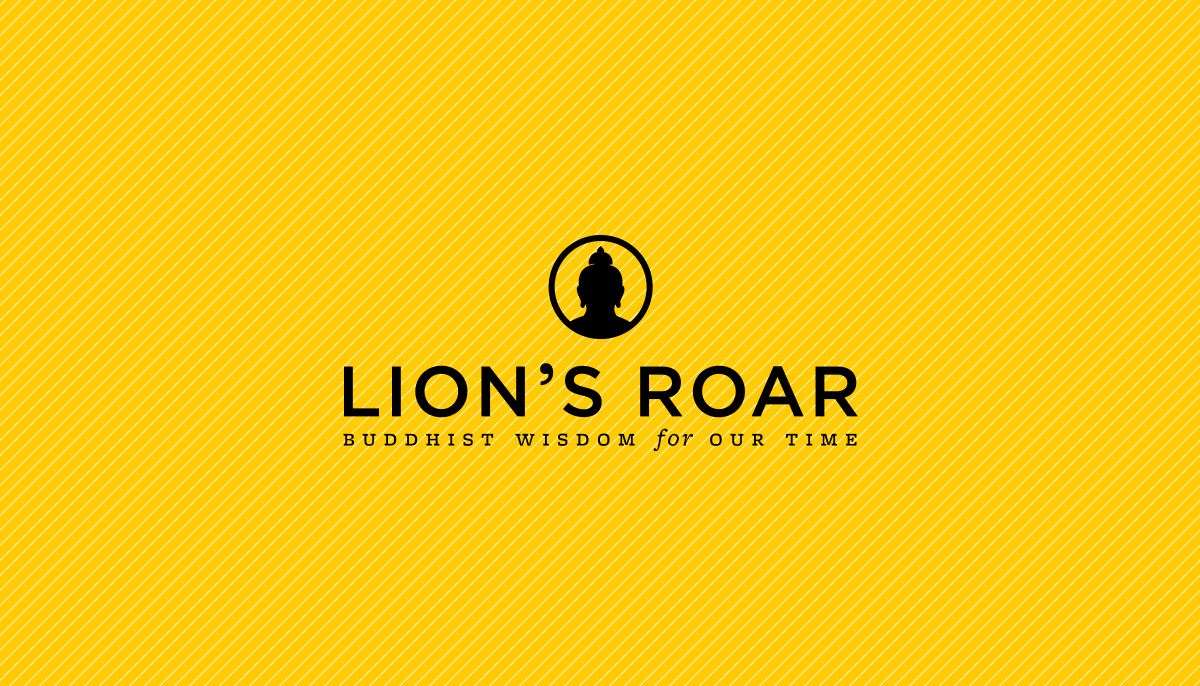“As we get more connected globally, we’re becoming less connected locally. The global village is certainly global, but it’s no village.”
Two girls were spinning a globe. They held their index fingers poised just above its surface. As it slowly came to a stop, wherever their fingers landed, that’s where they said they would live, giggling all along as they tried to pronounce place names like Djibouti or Kazakhstan, before giving the globe another healthy spin.
The scale of the average globe is something like 1:4 million. A Michelin road atlas is about 1:200,000. The patch of earth you’re now inhabiting is 1:1. That’s where we are always living, on that 1:1 patch of earth, but rapid communication and transportation have given us the illusion that we dwell on the globe, rather than the earth.
It can be awfully hard to get a sense of place these days. In my neighborhood of pleasant, tree-lined streets, I know people well enough to say hello, but little more than that. The patch of ground we share with our neighbors often seems less a home than a way station, a place to park the car and hook up to the internet and the cable. As we get more connected globally, we’re becoming less connected locally. The global village is certainly global, but it’s no village.
Throughout the world, the marks of neighborhood or village are disappearing. The bistro, the pub, the trattoria, the tavern are closing down or becoming tourist traps (where a way of life that barely exists anymore can be enjoyed by the traveler hungry to purchase a sense of old world community). Churches and community centers in town and country alike are mostly empty or devoid of life. Satellite dishes are doing a brisk business.
From a business perspective, these are market trends. No more and no less. We can learn from them and pander to them and we can probably turn a good buck as a result. It’s a good time to sell alarm systems, high-tech entertainment modules, digital phones and airline tickets. But from a human perspective, a world devoid of place is a painful place to live. Frequent flying turns places into destinations and lay-overs.
Human beings can forge a strong link with a place. Our distant ancestors recognized this conjunction of person and place as deities and spirits, mountain gods, goddesses of the springs and lakes, and so forth. Were these the fanciful delusions of naive minds unblessed with rationalism, or the expressions of people who communed intimately with a place and with each other?
One of the main ways we connect with a place, with the earth, is to walk on it. We used to walk a great deal more, but the scale of the automobile city where most of us live doesn’t encourage that. In his book, City Life, architect Witold Rybczynski notes that cities were once of a scale that could more easily be traversed. Now they sprawl, encouraging us to get into the car to get around. Many ancient cities were designed on cosmic and aesthetic principles: they contained sacred open spaces and a perceptible center and fringe, and for the most part they maintained a relationship with the surrounding countryside.
Now cities evolve on economic and transportation principles and the surrounding countryside just awaits suburbanization. That’s in the ” prospering” cities; the dying cities are mausoleums, while rural towns are losing their vitality. In the First World anyway, the village that Hillary Clinton wrote about is a myth.
The great Zen master, Shunryu Suzuki Roshi, who came to North America in the late fifties, said that Americans had named their great mountains but had yet to name their small hills and perhaps it was time to do so. Chšgyam Trungpa, who came to America not long before Suzuki Roshi died, was known to kiss the earth. He encouraged people to discover home ground. Were these teachers on to something?
Perhaps we need a reconnaissance mission, in the original meaning of that term, “to get to know again,” to reconnect. To start to tackle some of the big problems of this earth, maybe we need to walk on it more and run around less. Environment is the watchword of the day, but environmentalism is a political movement. Before it becomes a way of life, we’ll first have to return to earth and get to know the neighborhood. Before we can work with it, we have to be living on the earth, not just skimming along the surface of the globe.

